
Two for the price of one this month as our resident movie expert turns his attention to a racing icon caught twice on celluloid – with vastly differing results
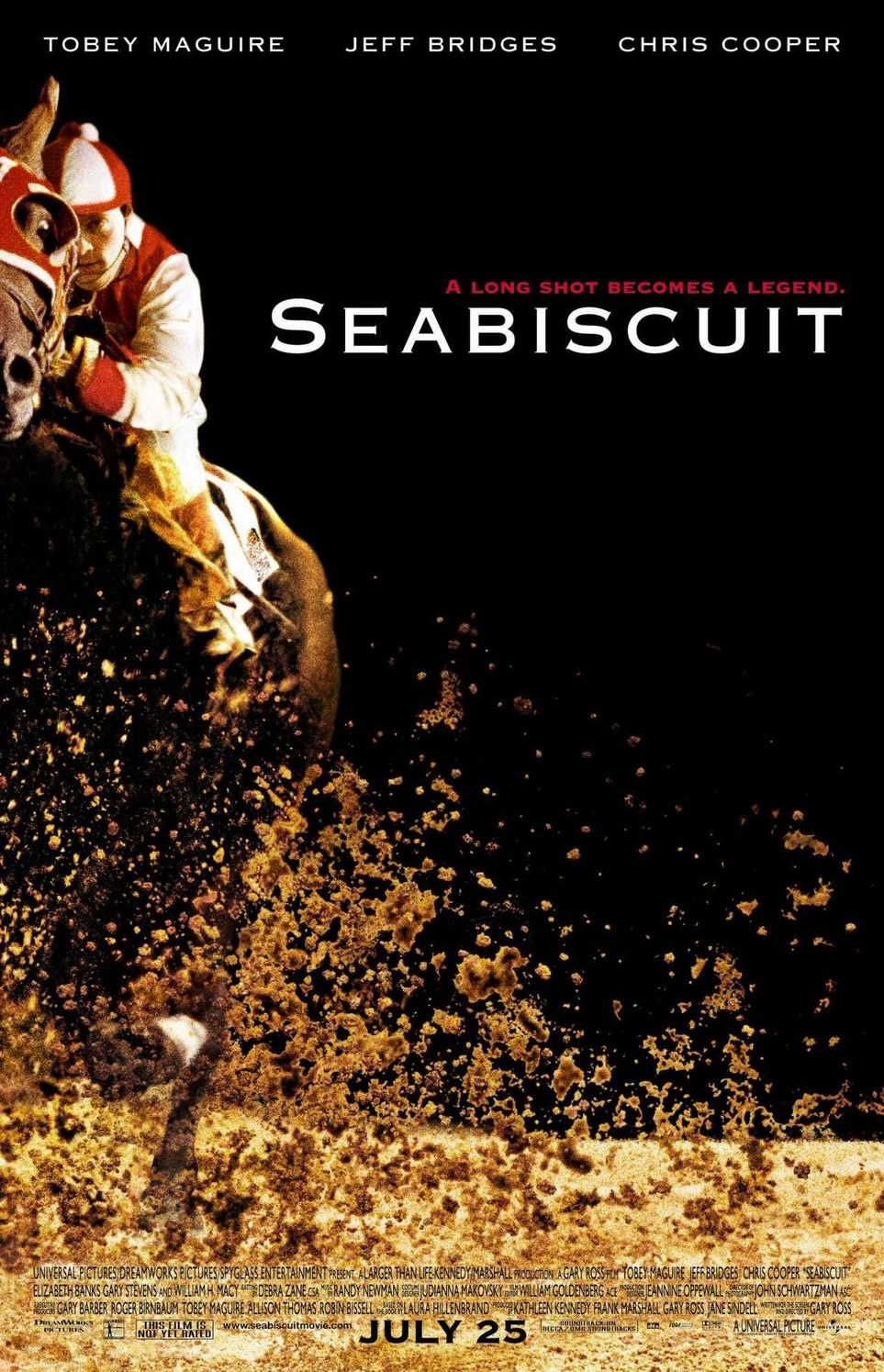 The St
The St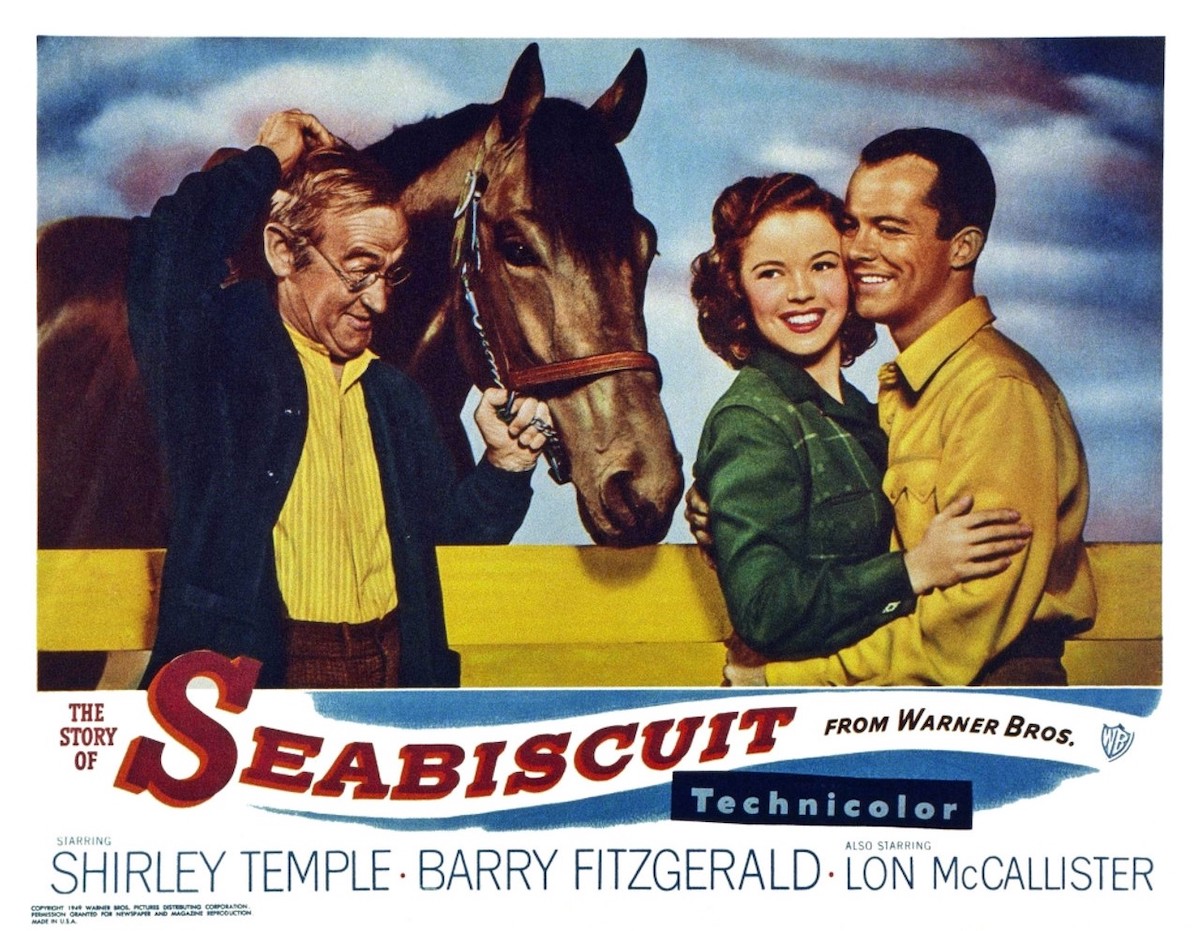 ory of Seabiscuit (1949)
ory of Seabiscuit (1949)
directed by David Butler; starring Shirley Temple, Barry Fitzgerald, Lon McCallister
Seabiscuit (2003)
directed by Gary Ross; starring Jeff Bridges, Tobey Maguire, Chris Cooper
It arrived some time during the summer of 1963, packaged in corrugated cardboard and addressed to yours truly. Come on Seabiscuit, by Ralph Moody, was the latest installment in a Book of the Month Club for young readers.
It was also a gateway drug to a lifetime of fascination for its subject, a Thoroughbred over-raced to a point of abuse before finding safe haven with more sympathetic souls and going on to incandescent glory.
So, of course there had to be movies, two to be exact, made 54 years and many cultural worlds apart. First came The Story of Seabiscuit, made at the urging of Seabiscuit’s owner, Charles H. Howard, who was 72 and ailing when the film went into production in April 1949. It was released that fall to underwhelming reviews.
The second was Seabiscuit, created in the afterglow of Laura Hillenbrand’s bestselling 1999 biography of the horse and the people in his orbit. A big-budget movie version followed, released in 2003 and destined for an Oscar nomination as Best Picture.
The true aficionado of racing movies should see them both. But please do not hold The Story of Seabiscuit against this innocent critic.
Any similarity between the real story of Seabiscuit and The Story of Seabiscuit is purely incidental, shoehorned into a wafer-thin romance between the pretty protagonists, played by Shirley Temple and Lon McCallister.
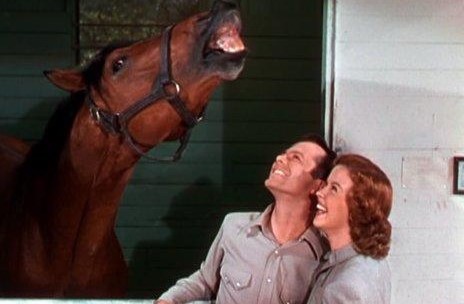 All anyone needs to know is that the film was originally to be titled Always Sweethearts. The horse was set dressing.
All anyone needs to know is that the film was originally to be titled Always Sweethearts. The horse was set dressing.
Two real-life sons
As it turns out, the horse is the only element worth the trouble, played as he is by two real-life sons of Seabiscuit. They both have Seabiscuit’s plain bay look, squatty physique, and in workout scenes they exhibit the same efficient, low-going action that served their sire so well.
One of the doubles, Sea Sovereign, was a lightly-raced stakes winner at Santa Anita. The other, Sea Gambol, was just two when he doubled for dad, then went on to a blue-collar career of 127 starts.
The screenplay was by John Taintor Foote, a popular writer of sporting stories known in racing lore as the man behind The Look of Eagles. Eventually, he was drafted by the Hollywood studio system.
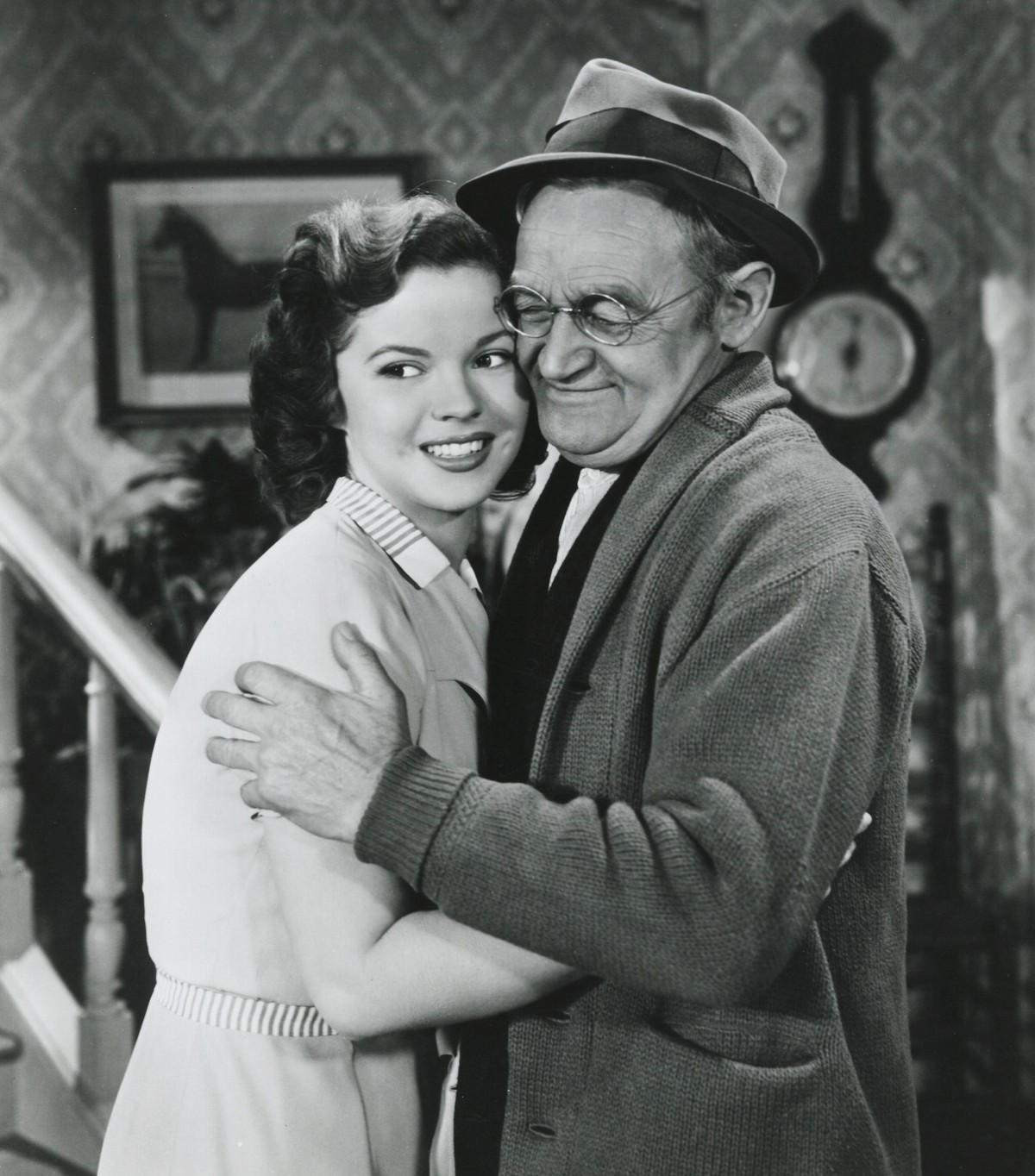 Foote worked with Ben Hecht and Alfred Hitchcock on Hitchcock’s spy drama Notorious. In 1949 Foote also could lay claim to The Great Dan Patch, which, if we’re being perfectly honest, is a much more enjoyable viewing experience than The Story of Seabiscuit. Foote was 69 when a heart attack killed him in 1950.
Foote worked with Ben Hecht and Alfred Hitchcock on Hitchcock’s spy drama Notorious. In 1949 Foote also could lay claim to The Great Dan Patch, which, if we’re being perfectly honest, is a much more enjoyable viewing experience than The Story of Seabiscuit. Foote was 69 when a heart attack killed him in 1950.
In what had to be an early swing at high concept, Temple was reunited for The Story of Seabiscuit with David Butler, who directed her in three films from the 1930s that were automatic hits with her name on the marquee.
Schmaltz-fest
In an earlier swing at the genre, Butler had directed Kentucky, a schmaltz-fest written by Foote that nailed an Oscar for Walter Brennan as an old horseman who drops dead after his horse of a lifetime wins the Derby.
When The Story of Seabiscuit went into production at California locations, Temple was a marginalized star, married with a small child and more than a decade removed from her Depression Era box office domination in films like Bright Eyes and Rebecca of Sunnybrook Farm.
At 21, the dimples are still in place, and the mouth still defaults to her famous pout. But her character is thankless – brooding limply over the death of her jockey brother – and her attempt at an Irish brogue should have stayed in its wrapper.
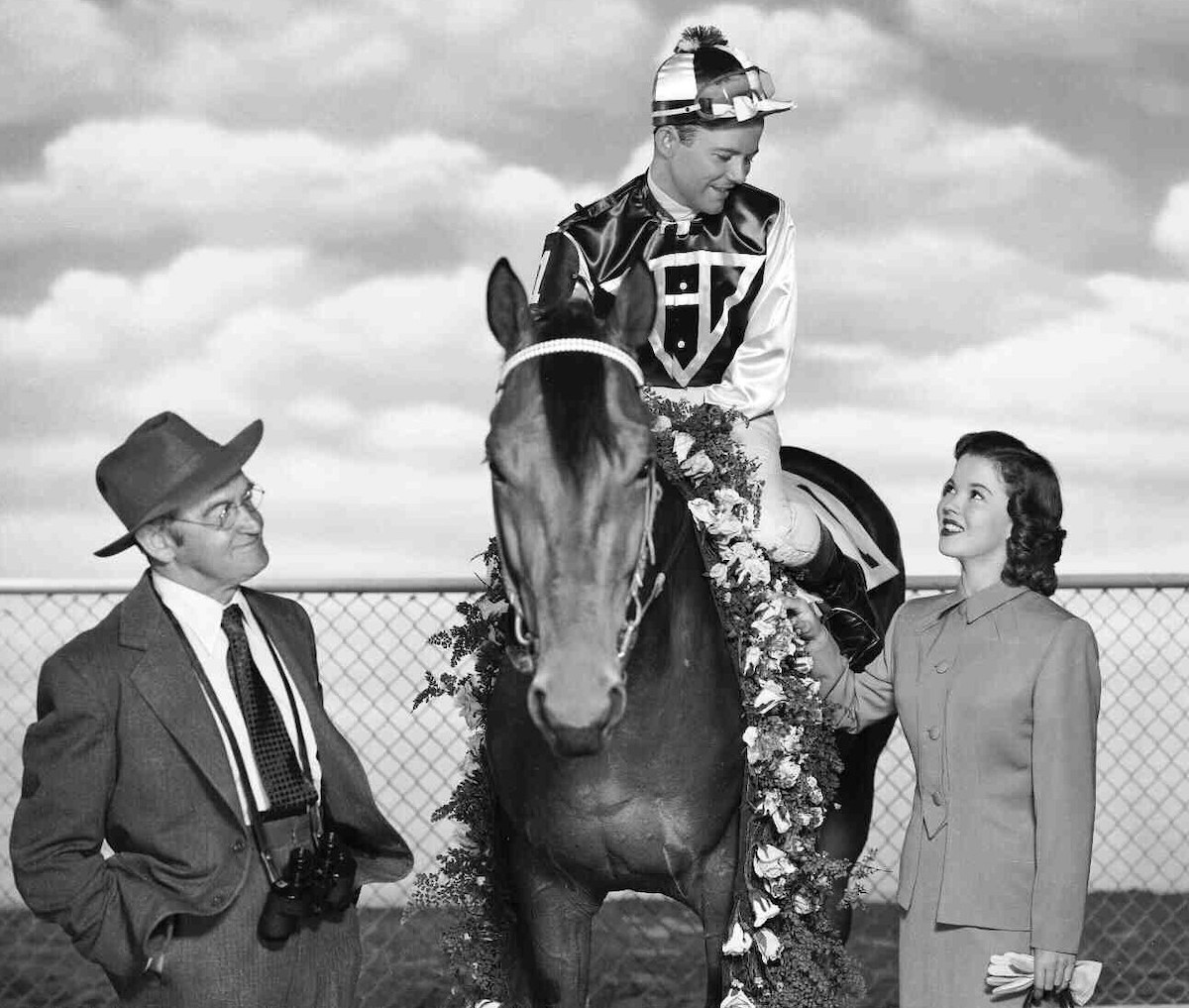 Still, as iconic as she was as a child, the latter-day Temple was a thorough professional and is better judged by movies like The Bachelor and the Bobbysoxer and Fort Apache. Her final feature film, A Kiss for Corliss, was released two weeks after The Story of Seabiscuit.
Still, as iconic as she was as a child, the latter-day Temple was a thorough professional and is better judged by movies like The Bachelor and the Bobbysoxer and Fort Apache. Her final feature film, A Kiss for Corliss, was released two weeks after The Story of Seabiscuit.
The American-made cinema of 1949 also included classics like All the King's Men, White Heat, and The Heiress, but the studio system still was cranking out plenty of mediocre product, much of it tapping into shopworn racial and cultural cliches that were beginning to lose favor in the world beyond Hollywood.
So, fair warning. While it is short-sighted to impose 21st century values on the art forms of 75 years ago, it is perfectly justified to hold your nose in disgust at the sight of the Black actor Ezzrett ‘Sugarfoot’ Anderson in the opening scenes of The Story of Seabiscuit, torturing the English language and shuffling his way offstage never to be heard from again.
This is the same Ezzrett Anderson, an athletic 6-4, who was a graduate of Kentucky State, part-time actor, and football star of the Canadian Football League.
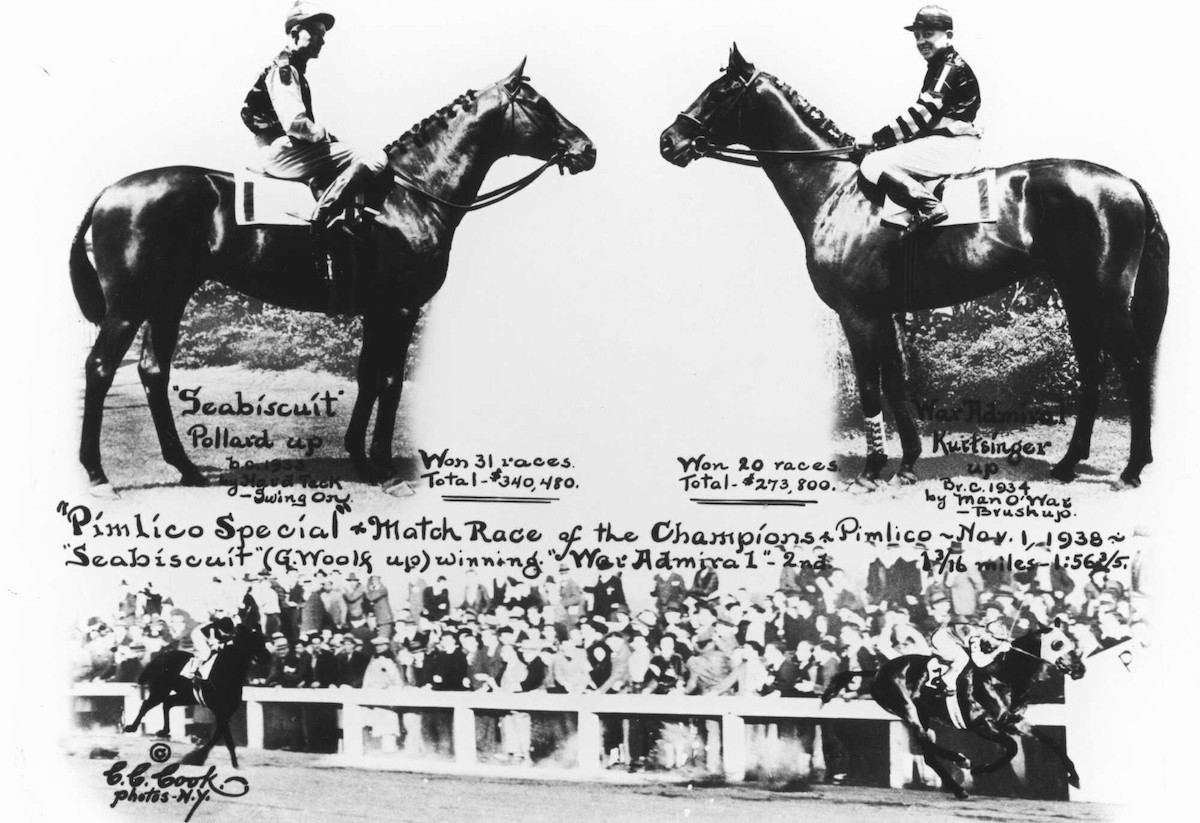
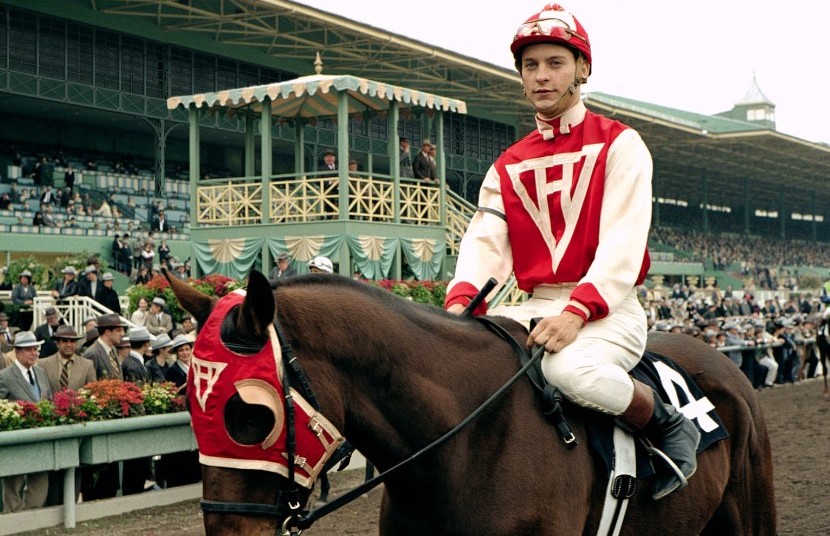
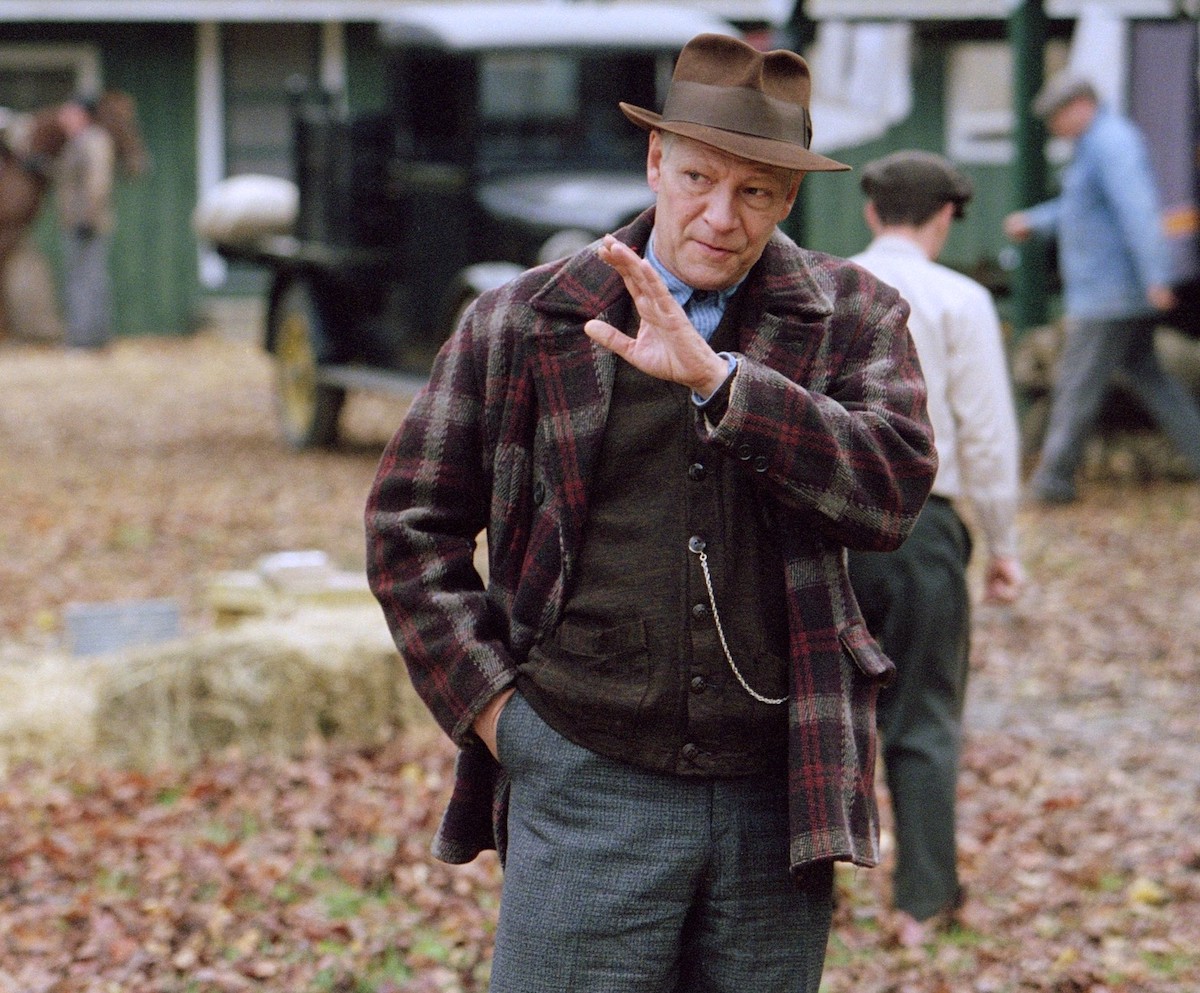
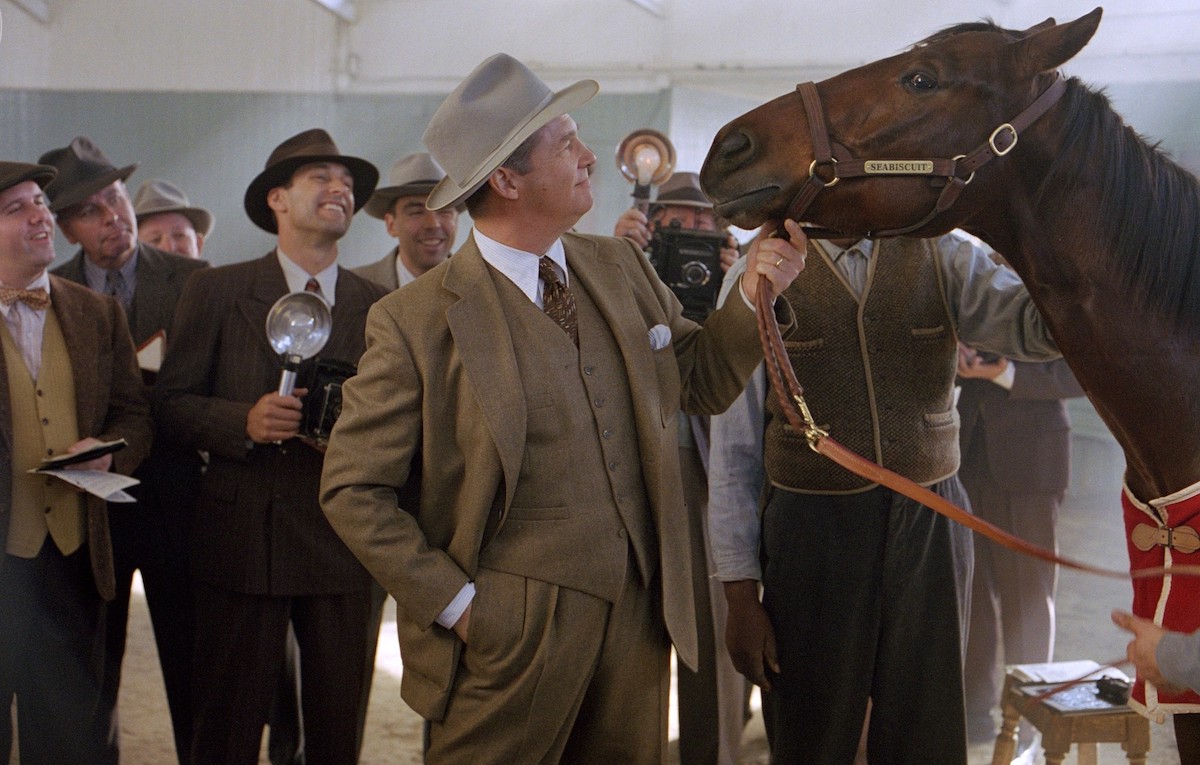
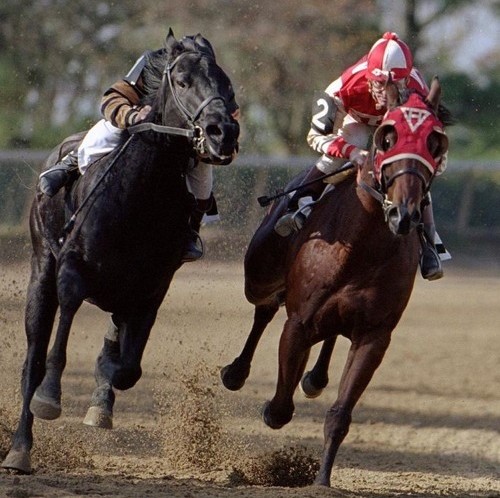 For that matter, Barry Fitzgerald is every bit the mawkish cartoon version of a sly Irish scamp as Seabiscuit’s trainer, Shawn O’Hara.
For that matter, Barry Fitzgerald is every bit the mawkish cartoon version of a sly Irish scamp as Seabiscuit’s trainer, Shawn O’Hara.
‘I love you, Margaret’
As the loyal jockey and love interest, McCallister exudes all the charm of a vanilla shake, highlighted by his pronouncement to Temple barely 24 minutes into the movie, “I love you, Margaret,” delivered with all the emotion of a summons.
The only characters that ring true are the original owner of Seabiscuit and his private trainer, played by character actors Donald MacBride and William Forrest, who boast nearly 500 screen credits between them. They get the relationship right, and as a reward they deliver the closing line we want to hear.
If nothing else, The Story of Seabiscuit is worth watching for the archival footage of Seabiscuit’s races, some of them accompanied by smoothly staged cutaways to fabled Santa Anita announcer Joe Hernandez.
The movie shifts to black and white to accommodate the newsreel footage, but the climactic Santa Anita Handicap of 1940 was filmed in color by Butler himself in anticipation of someday making a movie about Seabiscuit. Give him credit for his foresight.
In contrast (one of many), the racing action of Seabiscuit takes a back seat to the stories of the people, which is precisely the way Hillenbrand told the story.
In a prologue lasting nearly three-quarters of an hour, the characters of Charles Howard (Jeff Bridges), Tom Smith (Chris Cooper), and Red Pollard (Tobey Maguire) are given flesh and blood before young Seabiscuit arrives on the scene as a racehorse all but ruined by his original handlers.
Painfully sympathetic
Howard is almost painfully sympathetic, and Bridges is at his subtle best in a role that ranks with his work as the tortured plane crash survivor in Fearless.
Cooper, who looks like he escaped a Dorothea Lange dust bowl photo, takes taciturn to a new level as the enigmatic Smith. As for Maguire, he does his best to push the fresh memory of Spider-Man (2002) from the playing field and pretty much succeeds in a satisfyingly physical role.
There are some glorious set pieces that fully justify the film’s rank among the best of 2003, which include fellow spectacles Master and Commander: Far Side of the World and The Lord of the Rings: Return of the King. However, the star of the show is the staging of the Seabiscuit-War Admiral match race of 1938.
Once past the description of War Admiral as a huge beast that towered over his opponent (he was only 15.2hh) and the use of Keeneland disguised as Pimlico, the race is practically a shot-for-shot recreation, complete with vivid, close-up action of Gary Stevens (as George Woolf) and Chris McCarron (playing Charlie Kurtsinger) aboard their movie horses at near racing speed.
Of all the epic races that lurk eternally in the mists of time, the Seabiscuit-War Admiral match race is found high on many lists under the heading, ‘Wish I’d been there’. Having mustered all possible technical talent, director Gary Ross delivered a satisfying simulation at the heart of Seabiscuit, and for that this fan is grateful.
• Read all Jay Hovdey's features in his Favorite Racehorses series
‘The sport deserves a better cinematic version of Secretariat – and so does Secretariat’
View the latest TRC Global Rankings for horses / jockeys / trainers / sires


